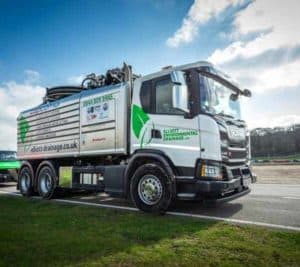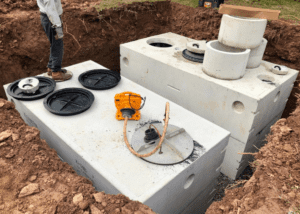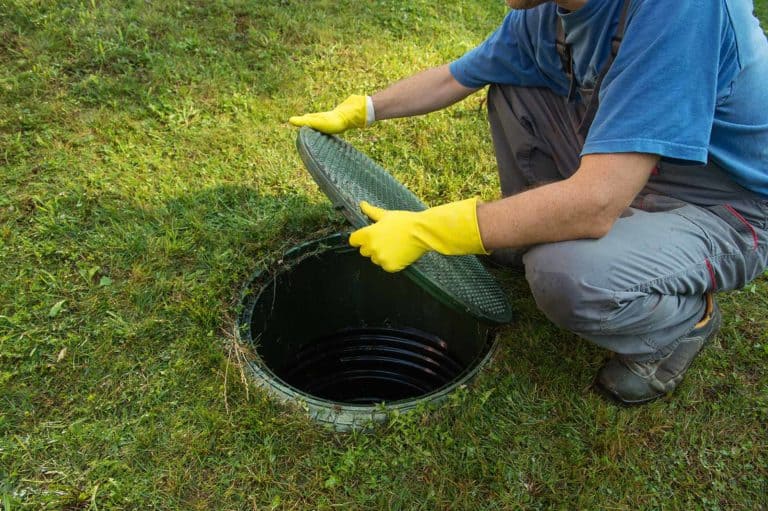Whether you are building a property or are looking to make an investment in your existing drainage solutions, septic tanks can be an excellent option for many households. They come in many shapes and sizes, and there are a few factors you need to take into consideration before and after installing them. This guide will explain all you need to know about which septic tank you should get, and what to look out for once it is installed.

What Are Septic Tanks?
Septic tanks are an underground structure which are designed to treat domestic wastewater and sewage. These chambers come in many shapes and sizes, and they are most commonly used in rural areas where a property may not be connected to the main drains system. By using this solution, you are ensuring a safe disposal of any waste water your household collects, so local rivers do not become polluted.
How Far Should a Septic Tank be From a Building?
It is important to plan the distance your septic tank will be placed from your building as incorrect placement can lead to multiple issues. Whether it’s drainage problems or more serious matters related to building regulations, be sure to take a moment to calculate this distance for a safe and legal placement. As far as building regulations are concerned, they should be at least 7 metres away from any point of a building where people are living. The placement of these should also be down slope to allow efficient drainage. For further information on rules and regulations, have a look at our septic tanks page where we list everything you need to know.

Which Septic Tank Should I Buy?
There are three types of chambers: concrete, polyethylene and fibreglass. When choosing one for your property, it is important to take in consideration the size of your property, the number of people living at the property as well as the number of bedrooms available. As a rule of thumb, the tank’s capacity should be below the intent level of 2,7000 litres for up to 4 people. For every additional person, the capacity should be increased by 180 litres. This will ensure that your tank is fit for purpose and won’t be damaged by overflow due to the unexpected volume of usage. If you get a chamber that is too big for your property, it won’t have the right amount of waste water flowing through resulting in malfunction and could result in some serious issues too. If you need any advice, feel free to give our specialists a call and they will be able to advise you further.
How Often Should a Septic Tank Be Emptied?
A standard septic tank needs regular pumping, and depending on their size, they can take up to 3-5 years to fill up. How many people live in your household, the number of bathrooms, how often your washing machines, dishwashers etc are being used will all factor into this timescale. If your drainage system is damaged or there is damage to the sewer line, this could further impact how quickly your tank will fill. If you suspect a problem, it is best to call a professional out so they can inspect the underground system.

Which is Better: Septic Tank or Sewage Treatment Plants?
The main difference between the two is that a sewage treatment plant produces near-clean effluent. On the other hand, septic tanks can’t discharge into a watercourse as they do not treat effluent. Both of them separate liquid waste from solid waste with the use of gravity, but after separation, the sewage treatment plant introduced oxygen into the wastewater which encourages the growth of bacteria. This bacteria breaks down the remaining waste into a cleaner effluent. The extra step ensures that the discharge is less harmful and therefore can be released into a watercourse, as long as guidance from the General Binding Rules is followed.


































